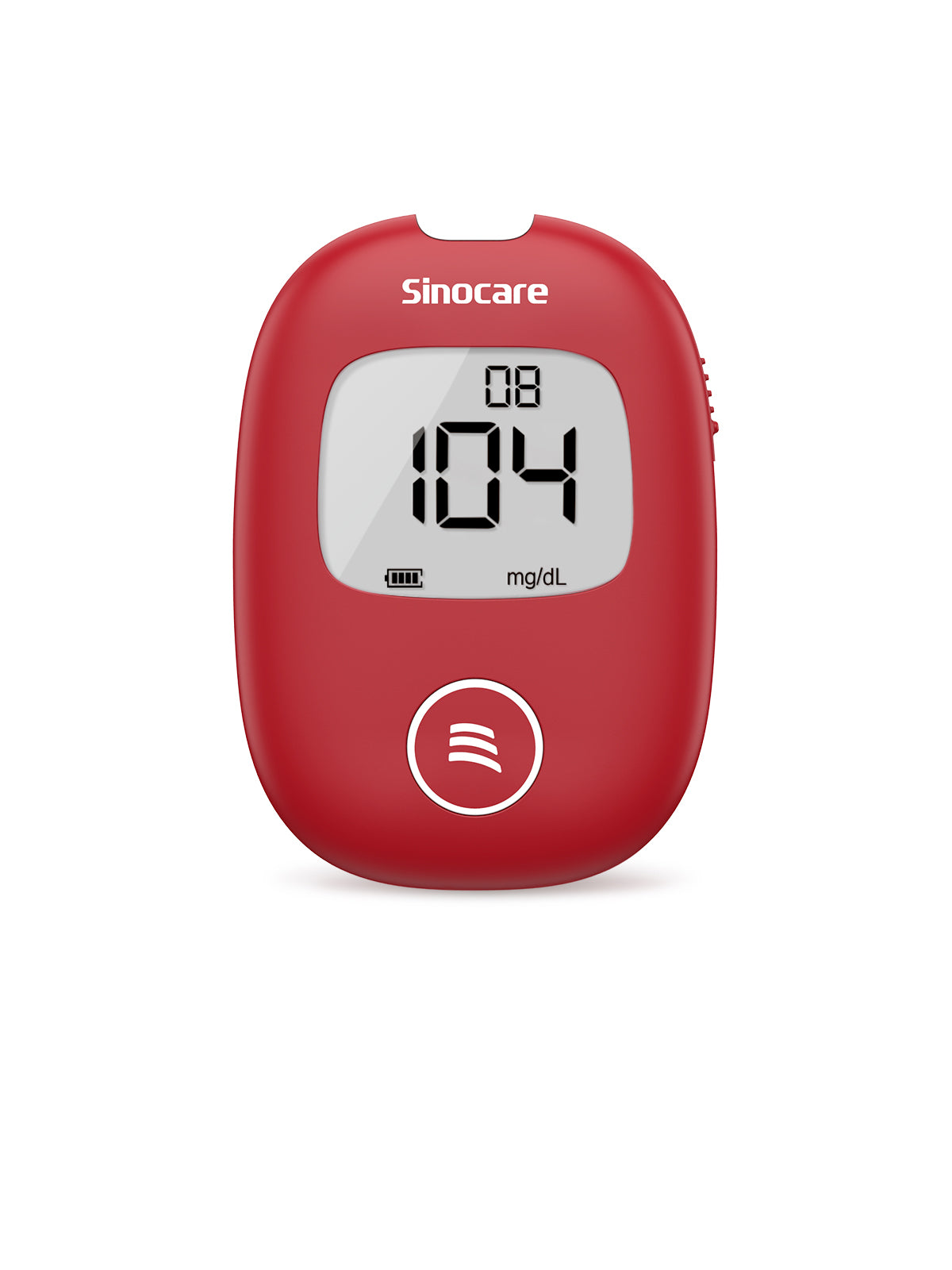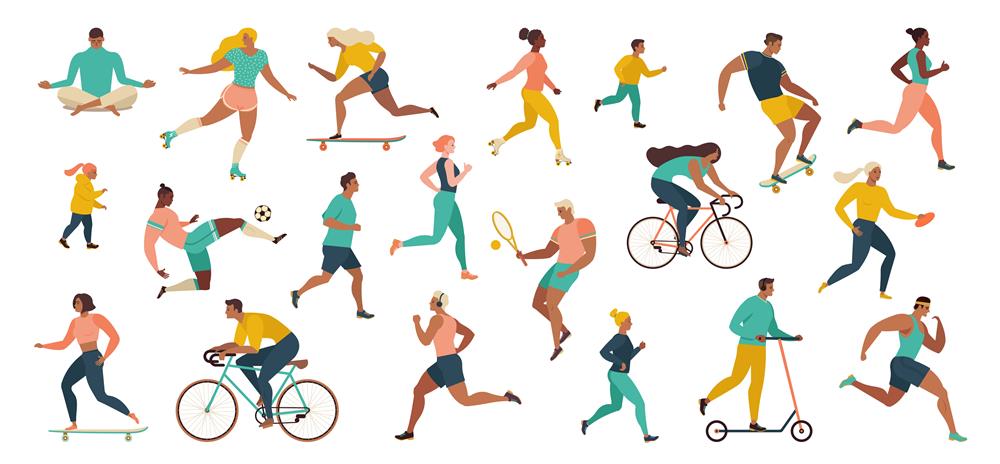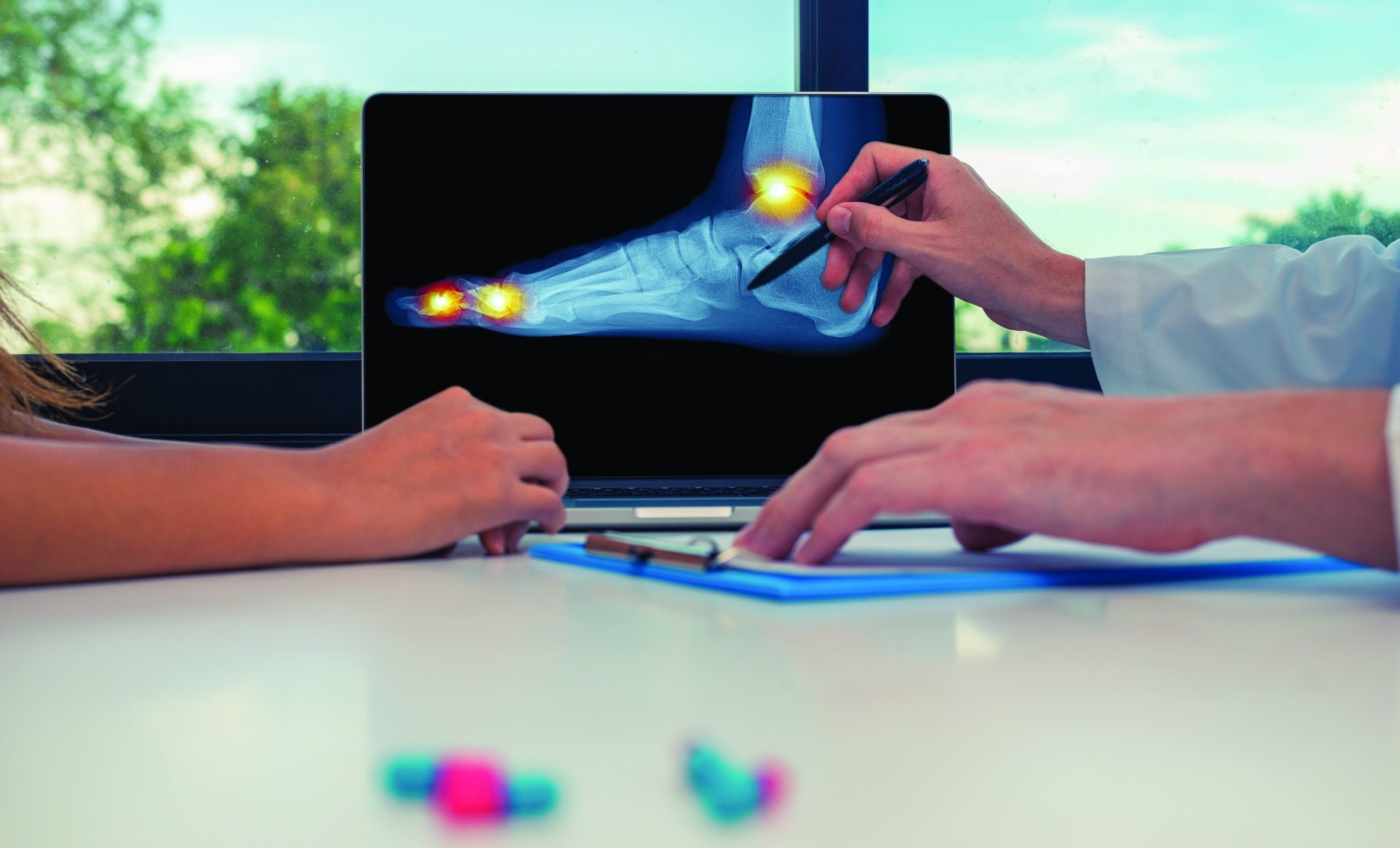It's essential to know how exercise affects the blood glucose levels before starting an exercise regime. You may also need to get additional information about the common pitfalls with diabetes, helping achieve your treatment goals in a right manner.
TOP 1: Tiredness Drives You to Relax Rather than Exercise
Regular exercise is a prerequisite for diabetic exercise treatment, unless you are accompanied by serious complications or have extremely high or very low blood glucose levels.
If you feel tired more often, it is proven that you fail to control blood glucose well and need more exercise to improve. Only when blood glucose is well controlled can "tiredness" be relieved.
Generally speaking:
- You should eat some food before exercising when blood glucose is less than 5.0mmol/L;
- Monitoring the ketone body is required to determine whether to exercise when blood glucose is 13.9~19.4mmol/L;
- When your blood glucose is greater than 19.4mmol/L , you should avoid exercise with high intensity.
TOP 2: Doing housework is a type of exercise, indicative of no exercise
The answer to the point that housework can lower blood glucose is right. The scientific research institute has confirmed that doing housework is able to lower blood glucose. However, it should be noted that doing housework is only an auxiliary method, and cannot replace physical activity at all.

Although doing housework is cumbersome and tiring, it consumes very few calories. Despite the fact that it is much better than being completely inactive, it is not a substitute for whole-body exercise and cannot achieve the purpose of exercise therapy. Doing housework cannot exert a comprehensive and systematic effect on body exercise.
In addition, people with diabetes need to choose a suitable exercise method based on their working, living environment and specific conditions:
- Light exercises: walking, going down stairs, doing Tai Chi, riding a bicycle on flat ground, etc.;
- Moderate exercises: running at a slow speed, climbing stairs, playing volleyball, climbing, cycling on slopes, dancing, etc.;
- High-intensity exercises: skipping rope, playing basketball, swimming and so on.
TOP 3: Any exercise is good for lowering blood glucose
Some people state that the blood glucose after exercise is higher than before exercise. Why?
This situation mostly happens in the following situations:
- Blood glucose is too high (random blood glucose>14.0mmol/L);
- The blood glucose fluctuates greatly (the difference between the highest and lowest blood glucose in a day is more than 6mmol/L);
- Diabetic autonomic neuropathy;
- High-intensity strength training or aerobic training.
The fundamental reason:
The sympathetic nerves are over-excited after exercise, and blood glucose level rises sharply, especially the release of catecholamines. All these factors lead to increased blood glucose.
Therefore, people should be cautioned if the happenings of the symptoms mentioned above.
Blood glucose monitoring, covering sinocare blood glucose monitor safe accu, must be performed before and after exercise. If you find that your blood glucose rises further after exercise, you should suspend exercise and inform your doctor to ensure exercise safety.
Exercise therapy is a double-edged sword: moderate exercise can lower blood glucose while excessive exercise can increase blood glucose. Exercise should be 30 minutes after a meal, and each exercise time should be controlled for about 30 minutes.
TOP 4: Better effect can be gained at an earlier time during a day
People with diabetes are willing to enjoy the sunshine in the earlier morning, and rush to exercise. But in the morning, if you did not eat breakfast, the effect of reducing blood glucose can not be guaranteed, and boast many risks:
It boasts a high chance of hypoglycemia after exercise during the fasting state. As such, for the elderly or those who use hypoglycemic drugs to treat, it is not encouraged to exercise after a mean within 1 hour.
TOP 5: No need to exercise once taken drugs
In fact, diet control, exercise therapy and drug therapy are all indispensable parts to control blood glucose.
Comparing with drug therapy, exercise therapy is more economical, safe and effective. In addition, it can improve insulin resistance and control weight. Moreover, patients who do not exercise often have difficulty controlling blood glucose.
Hence, even if you take the medicine every day, you must exercise, which is beneficial to healthcare.










Leave a comment
All comments are moderated before being published.
This site is protected by hCaptcha and the hCaptcha Privacy Policy and Terms of Service apply.